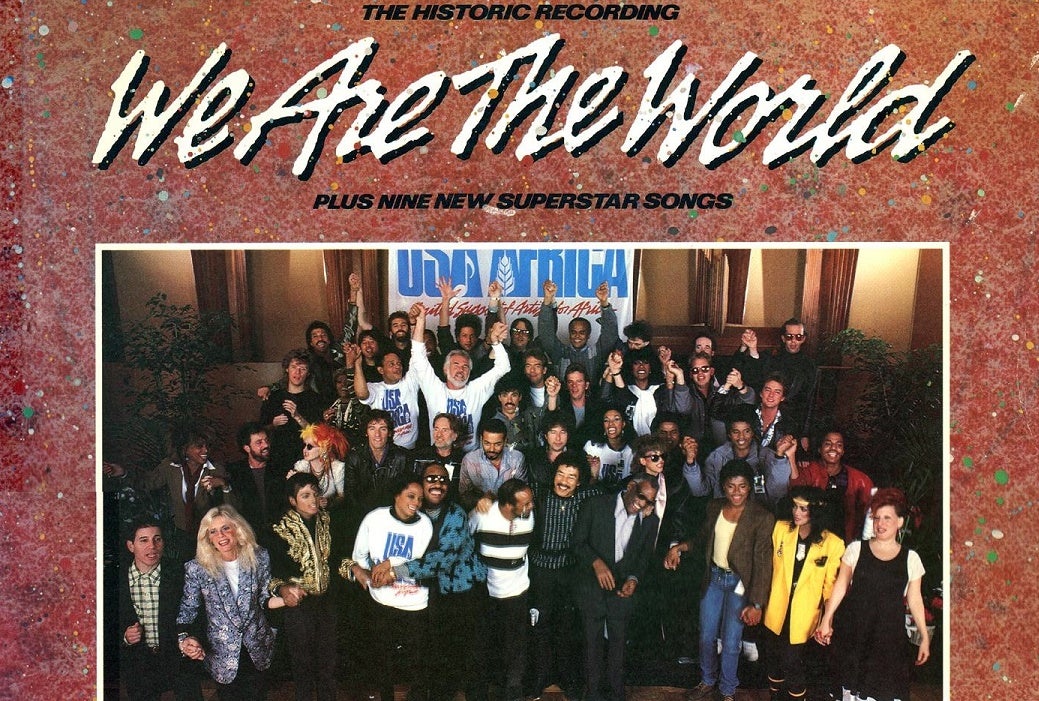It’s been 30 years since millions of Americans ran to the nearest record store to buy a copy of We Are the World, the Michael Jackson-and Lionel Richie-penned hit that raised millions for humanitarian aid for Africa.
But whether you dismiss the song as a cheesy anthem or recognize it as the superior alternative to Band-Aid’s Do They Know It’s Christmas, its big birthday is a chance to dig into the JSTOR archives to find out more about the song’s lasting impact.
In his essay “‘We Are the World’ and Its Counterparts: Popular Song as Constitutional Discourse,” David Howes compares the song to Do They Know It’s Christmas and its Canadian counterpart, Tears Are Not Enough. To Howes, the “we” in We Are the World is the key word, differentiating the American song from other African aid songs and mirroring the American constitution’s focus on “we the people.”
He suggests that the song’s writers unintentionally mirror their own constitutional structure in the song, which he calls a “social creation, a re-production of [the songwriters’] experience of the particular pattern of social inclusions and exclusions instituted by the U.S. Constitution.”
Howes also speculates on why the song was written. Was it an expression of brotherhood between two black songwriters affected by the humanitarian crisis in Ethiopia or a jealous response to Band-Aid’s successful scoop on the crisis fundraising song? “Obviously, one could speculate endlessly on whether We Are the World was written out of fellow-feeling or shame, out of genuine concern for the plight of Ethiopians or the desire to outdo the British,” writes Howe.
Janice N. Killian exposed another side of the song when she used it in experiments designed to understand how performers of different genders and races affect the musical preferences of children. Killian and her team asked kids to pretend they were artists invited to record part of the song, then had them choose their favorite soloists after watching a video of We Are the World. They found that students broadly preferred soloists of their own race and gender. Though some white students preferred black soloists and some girl students chose male solos, very few boys chose female solos. (What, no love for Cyndi Lauper?)
Although the song was hugely popular, George Yúdice warns of the danger in using the collective “we” to represent other cultures. By conflating “we” with the rest of the world, he argues, the video sends a misleading message of multiculturalism that by default overlooks divisions of race, class, region, gender and religion.
Lyrics like There’s a choice we’re making/We’re saving our own lives could be interpreted by some as an acceptance of responsibility for global affairs. But this pat multiculturalism, says Yúdice, can unleash “a minefield of consequences” when the United States intervenes in other countries’ disputes or overreaches by claiming to represent other cultures. “Crossing borders still unleashes difference,” he warns. “We cannot show the world how to discover itself; we are not the world.”







